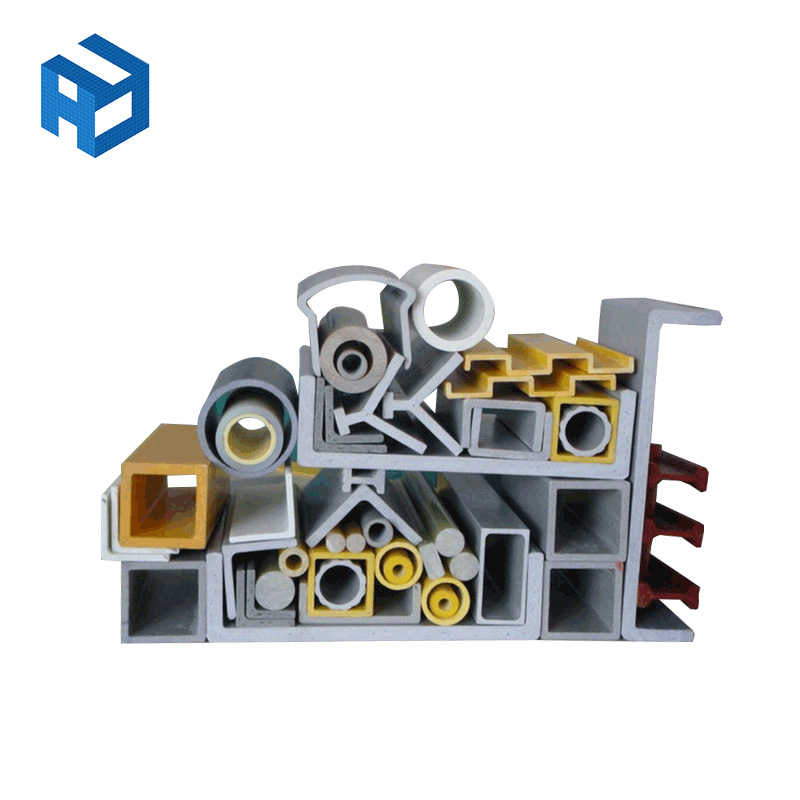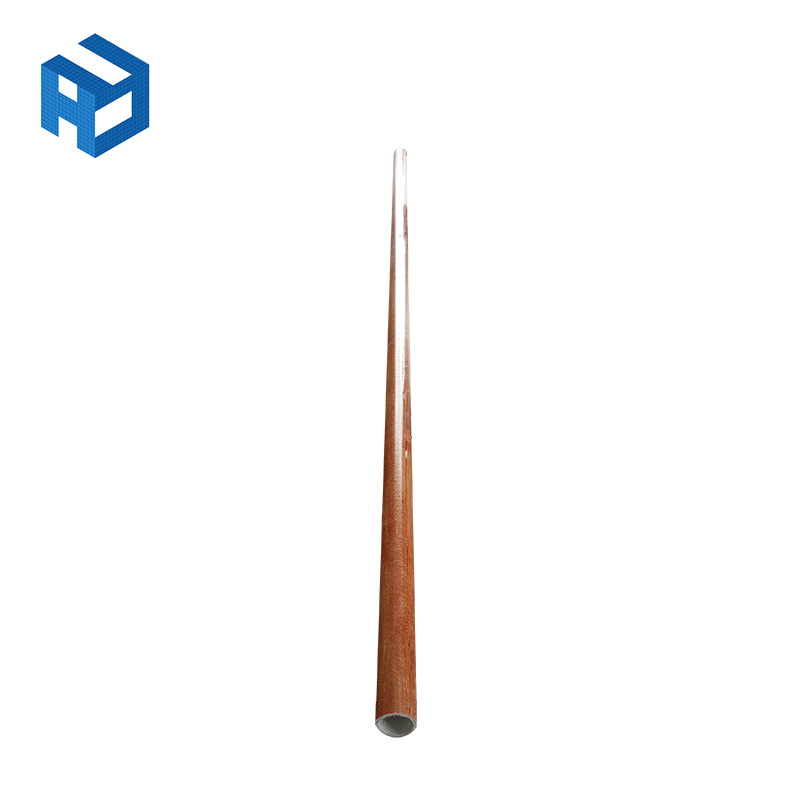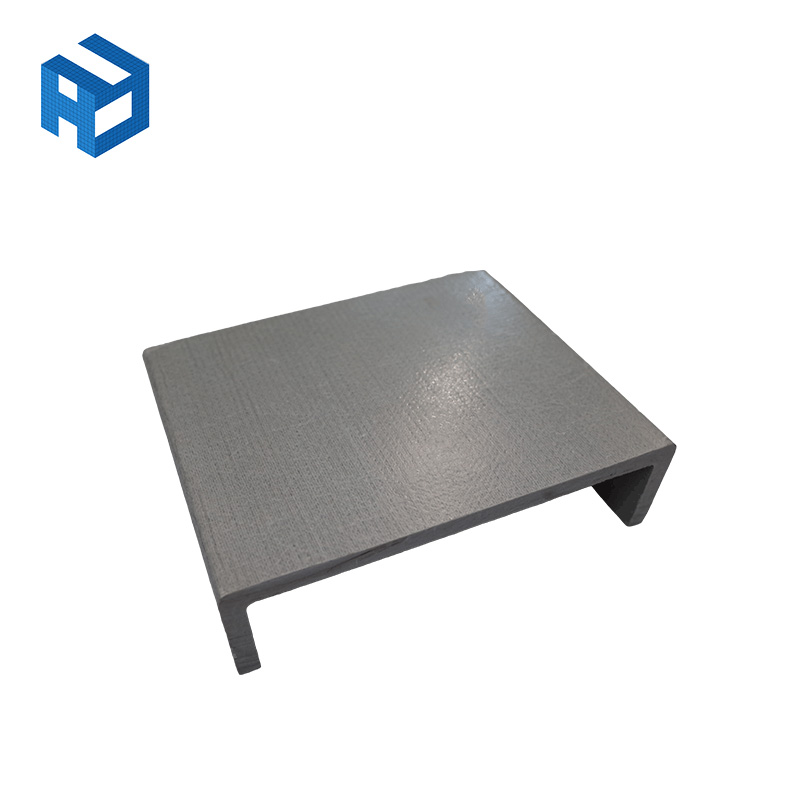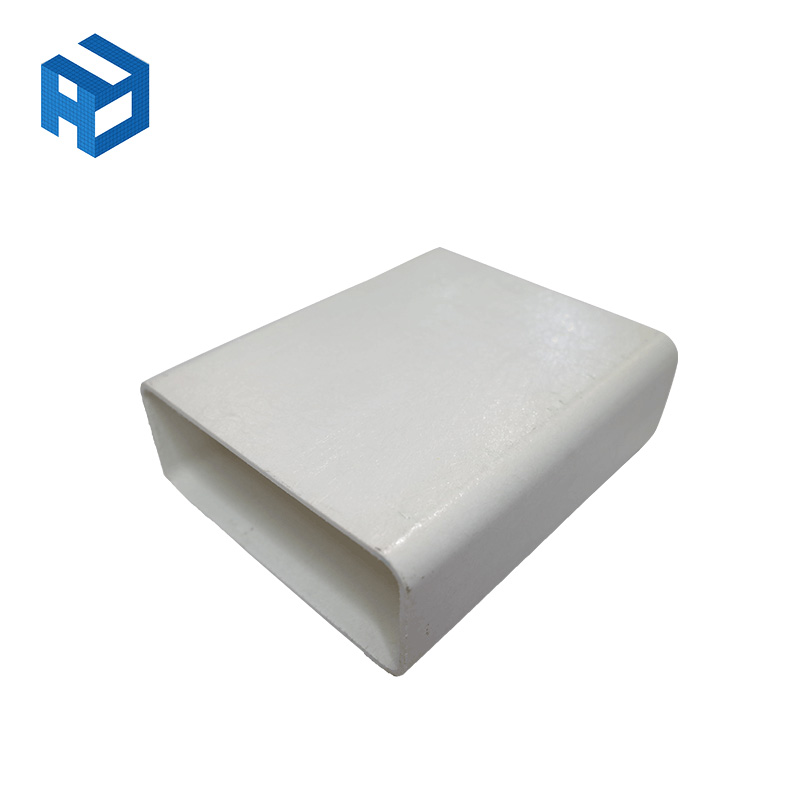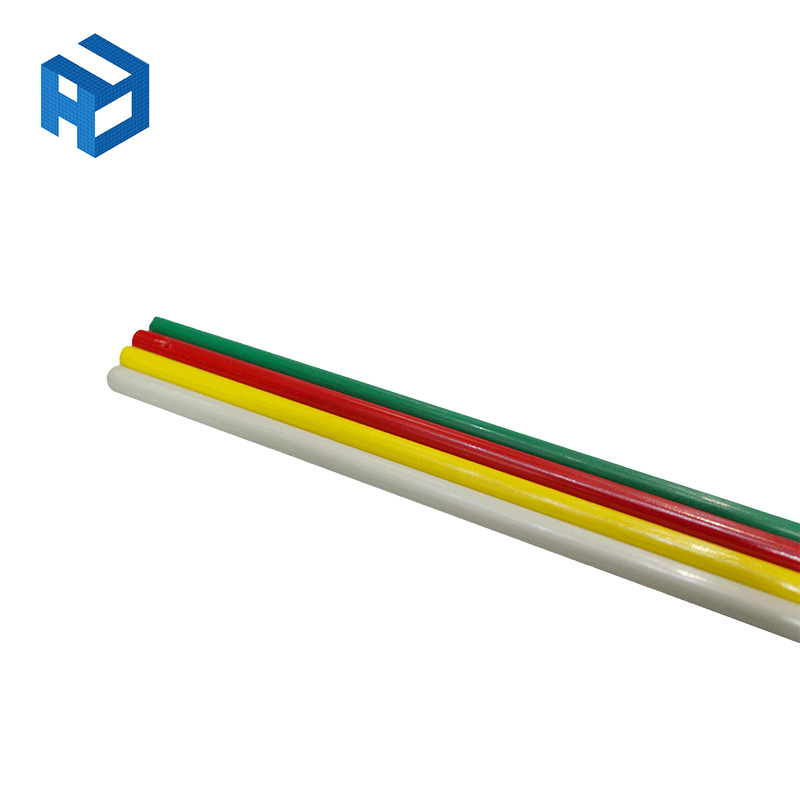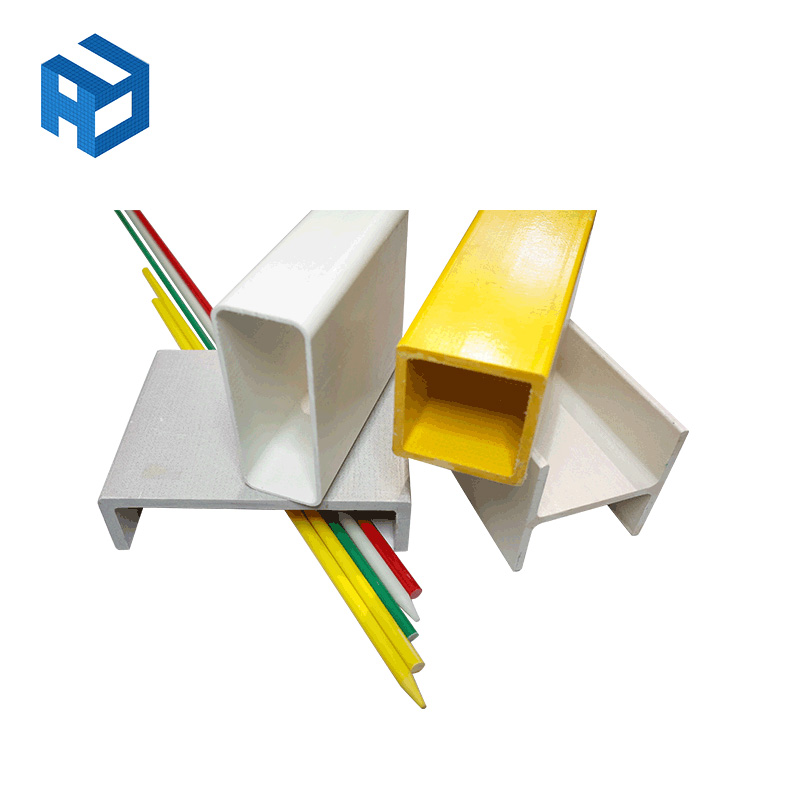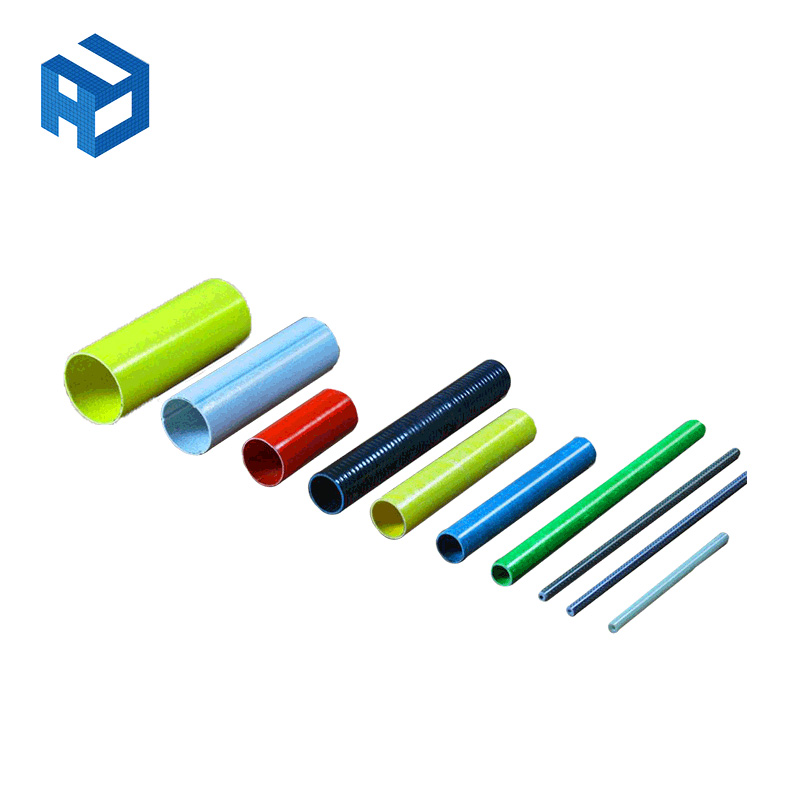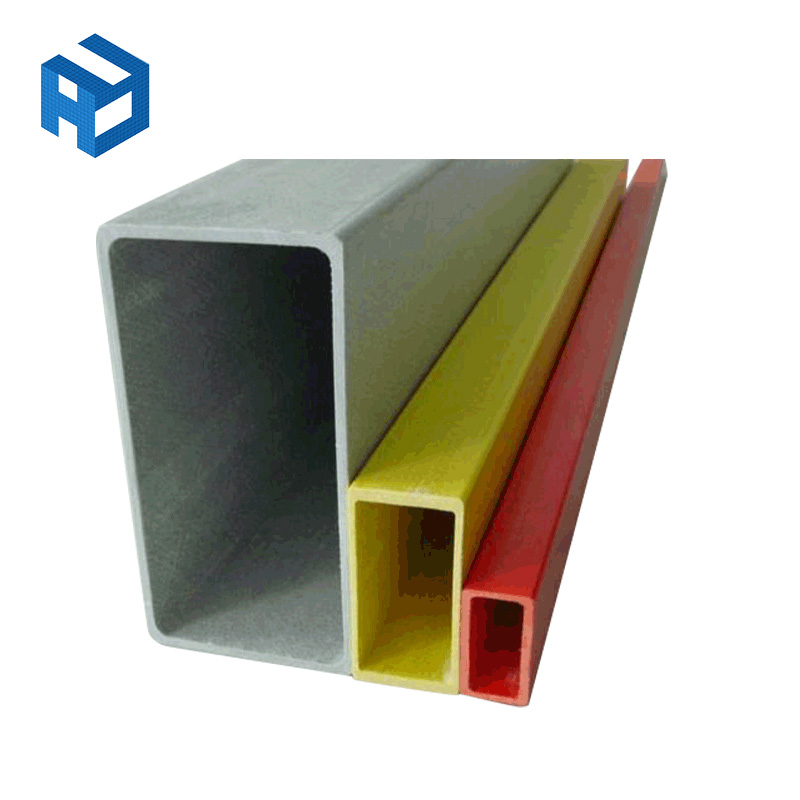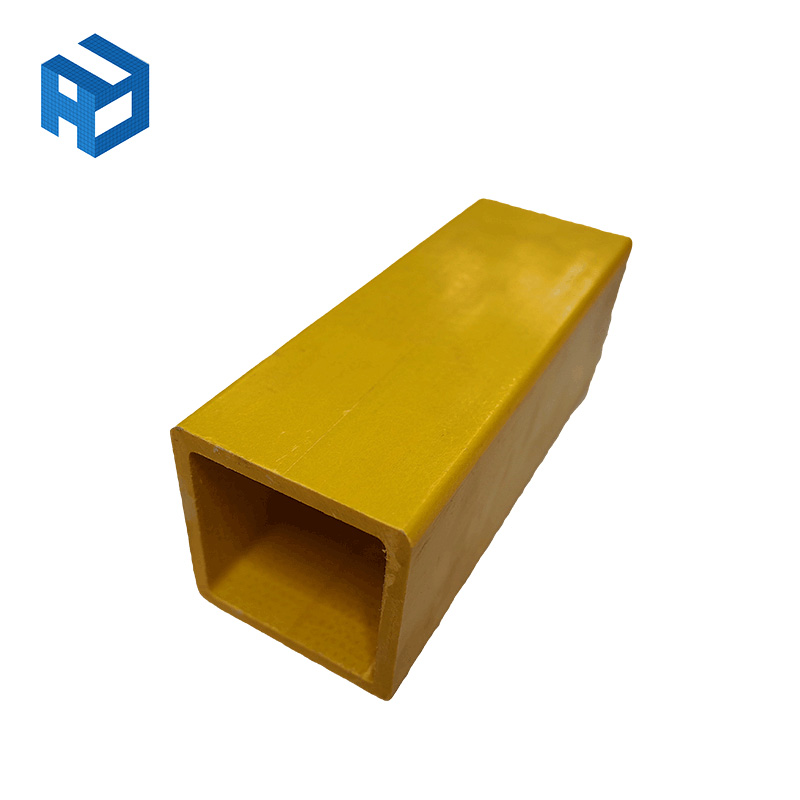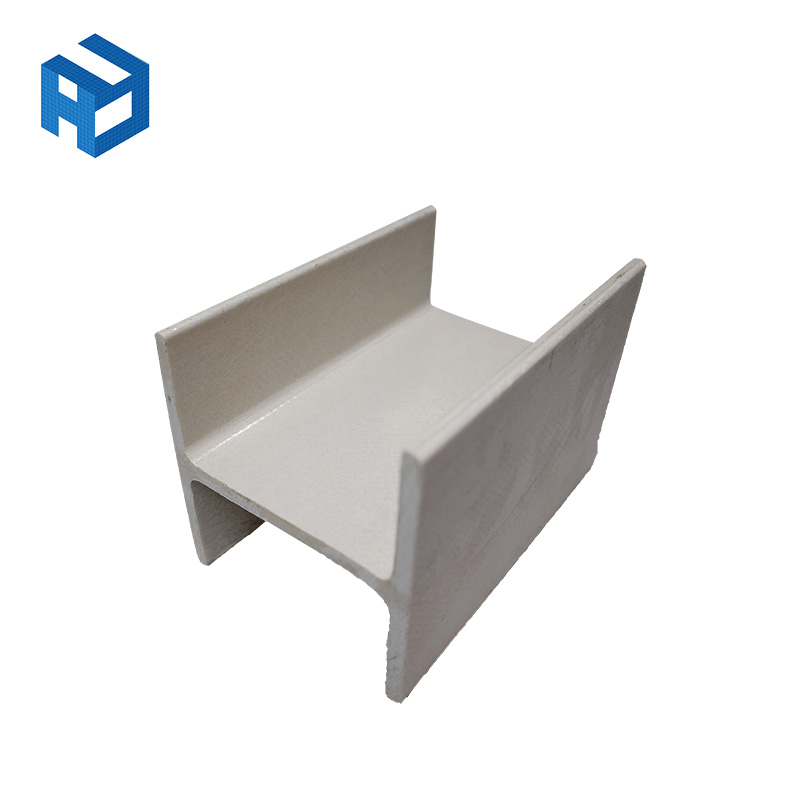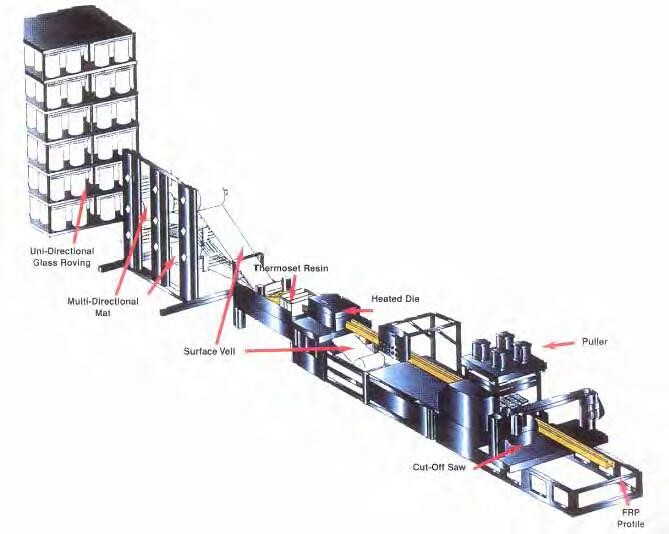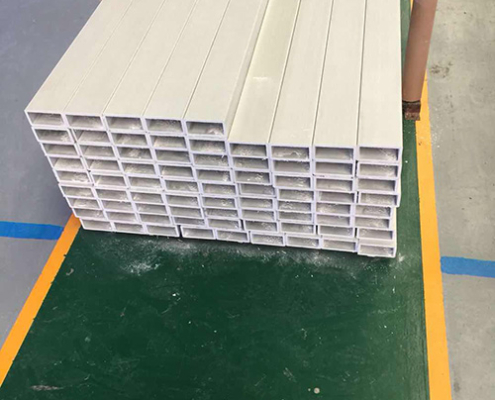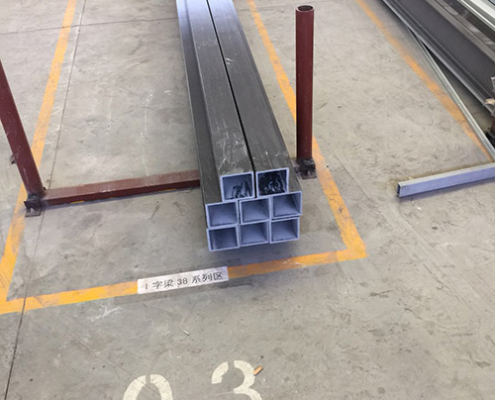FRP Pultruded Profile
OCEANFRP’s FRP Pultruded Profile offers a versatile and high-performance solution for construction projects. These lightweight yet incredibly strong composites are manufactured through a continuous FRP pultrusion process, resulting in consistent pultruded profiles ideal for various structural applications. They are also known as fiberglass pultrusions.
Features
- Continuous Pultrusion Process: A continuous pultrusion method, drawing resin-rich reinforcements through a heated steel die to form profiles with uniform cross-sections and continuous lengths.
- High Strength-to-Weight Ratio: FRP profiles are significantly lighter than steel alternatives, reducing weight on structures and simplifying installation.
- Superior Corrosion Resistance: Unaffected by rust, degradation, and many chemicals, making them ideal for harsh environments.
- Dimensional Stability: Maintain their shape and size over time, ensuring structural integrity.
- Customizable Profiles: Available in various standard shapes (round tube, C-channel, square tube, and more) with options for custom designs.
- Electrical Non-Conductivity: Safe for applications with electrical hazards.
FRP Pultruded Profile Benefits
Quzhou Ocean New Material Co., Ltd’s FRP Pultruded Profile provides exceptional strength and durability while being lightweight and corrosion-resistant. Their consistent cross-sections ensure reliability in diverse structural applications. With ISO 9001 and ASTM E-84 certifications, they meet international quality standards, offering peace of mind to customers worldwide.
Types of FRP Profile
1.Round tube
2.fiberglass rod
3.C-Channel
4.Square Tube
5.Flat tube
6.Angle profile
7.H-beam
8. I-beam
FRP Pultrusion Profile Applications
- Construction (beams, columns, lintels)
- Electrical (insulators, enclosures)
- Marine (decks, walkways, railings)
- Oil & Gas (platforms, pipes)
- Water Treatment (tanks, filtration systems)
- And Many More!
Why Choose Our FRP Pultruded Profile
OCEANFRP’s FRP Pultruded Profile offers superior strength, durability, and corrosion resistance. With a continuous pultrusion process and adherence to international standards, our pultruded FRP sections ensure consistent quality and performance. Whether for structural support, handrails, or industrial applications, our versatile profiles meet diverse needs. Choose OceanFRP for reliable, lightweight, and certified FRP profiles, trusted by customers worldwide. These pultruded fiberglass profiles are made from high-quality fiber-reinforced plastic FRP.
Contact OCEANFRP today to discuss your FRP pultruded profile requirements and get a free quote. Our team is here to assist you in selecting the most suitable profiles for your project.

